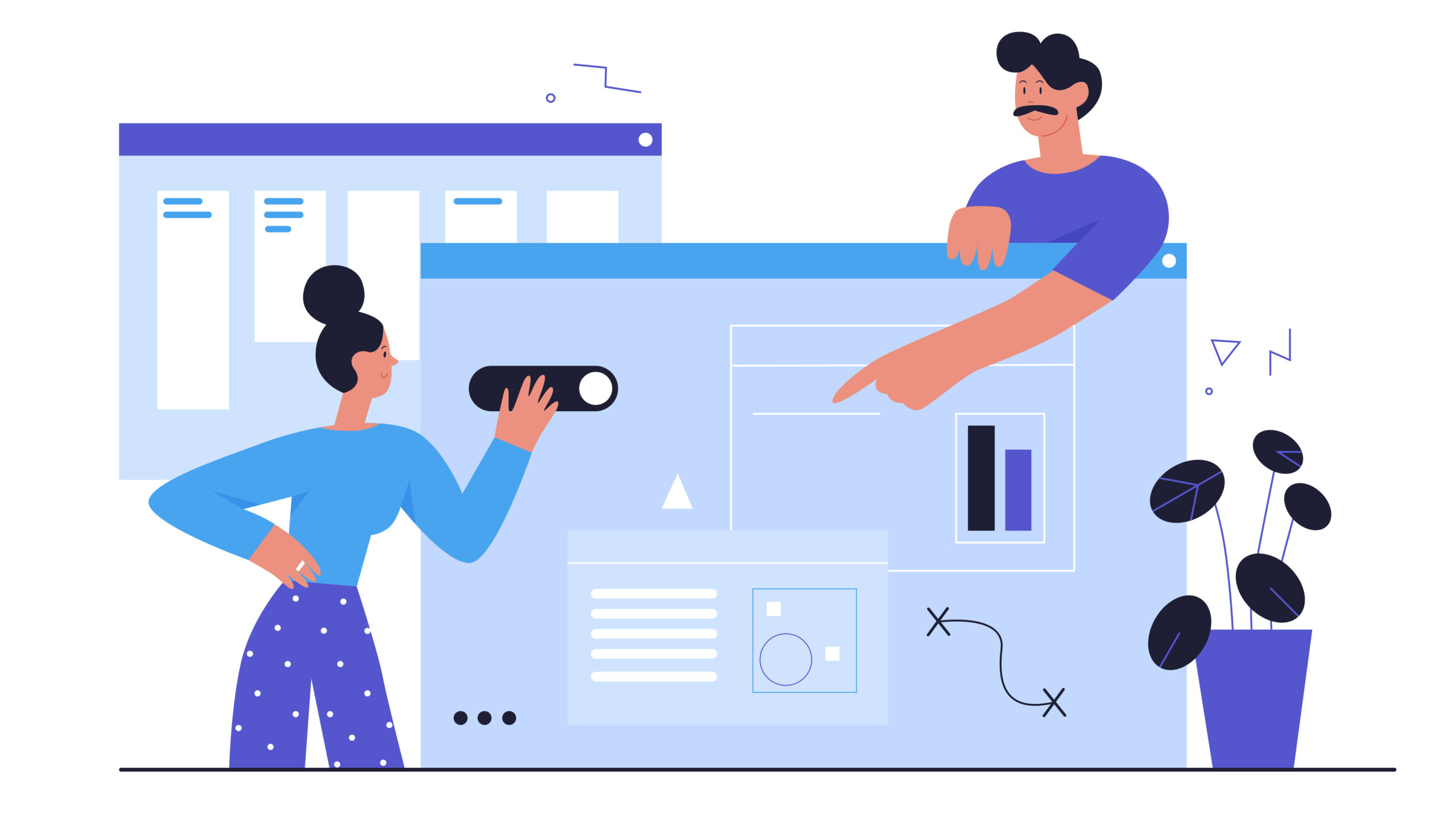
Reflecting on Digital Design and Usability
This month’s course has reshaped my understanding of usability and findability, especially how these principles intersect to create an effective and engaging website experience. While I had some foundational knowledge coming into this course, the practical assignments and discussions added a layer of depth, making these concepts feel actionable and relevant to real-world projects.
Navigating the Importance of Findability
Findability emerged as a cornerstone of effective web design, influencing not just how users locate content but how seamlessly they interact with it. During the Navigation and Information Scent Report, I discovered the significance of clear, well-structured navigation. SIL’s website highlighted challenges with menu clarity and inconsistent labeling. By recommending specific changes—like renaming links and consolidating similar pages—I learned how thoughtful navigation improves user journeys and reduces frustration.
Usability: Bridging Design and Functionality
Usability is the glue that binds content, navigation, and user satisfaction. In the Usability Test Report, I observed how navigation issues and unclear call-to-actions disrupted the user experience on SIL’s site. A key takeaway was the importance of iterative testing to uncover hidden pain points. For instance, usability tests revealed that while users could schedule appointments, the process was fraught with confusion due to an external tool integration. This insight showed me the value of testing as a tool for validating design decisions and ensuring that the user experience aligns with real-world needs.
SEO and Content: Enhancing Visibility and Engagement
Findability is not confined to navigation—it also requires strong SEO and engaging content. Through the Home Page Analysis, I explored how meta descriptions, headers, and content structure impact both user engagement and search engine rankings. By aligning content strategy with SEO best practices, websites like SIL can increase visibility while simultaneously catering to user needs. This dual focus taught me how to balance technical optimization with user-centric design, a skill essential for digital marketing.
"Usability and findability are not just technical metrics—they are the bridges that connect users to meaningful experiences and lasting trust in a brand."

Lessons in Continuous Growth
One of the most valuable insights from this course is that usability and findability are ongoing processes, not one-time fixes. Websites evolve alongside user expectations, requiring constant analysis and iteration. The assignments demonstrated how small changes, like simplifying navigation or improving visual hierarchy, can lead to significant user experience gains.
This month’s discussions also emphasized the importance of authenticity in content creation, particularly in an age where automation and AI are becoming more prevalent. Maintaining a human touch while leveraging tools like AI is a delicate balance, but it’s crucial for building trust and fostering connections with users.
Moving Forward
The principles learned in this course will have a lasting impact on my professional approach. From the technical aspects of SEO to the human-centered nature of usability testing, these lessons have broadened my perspective and equipped me to approach digital projects with greater confidence.
As I reflect on this journey, I recognize that usability and findability are not just tools for better websites—they are essential strategies for creating meaningful and lasting user experiences.

